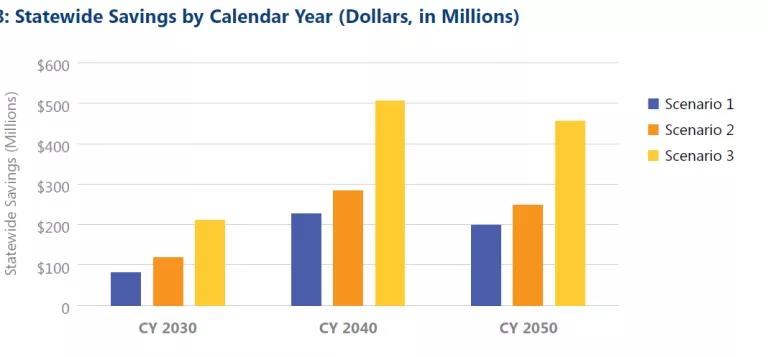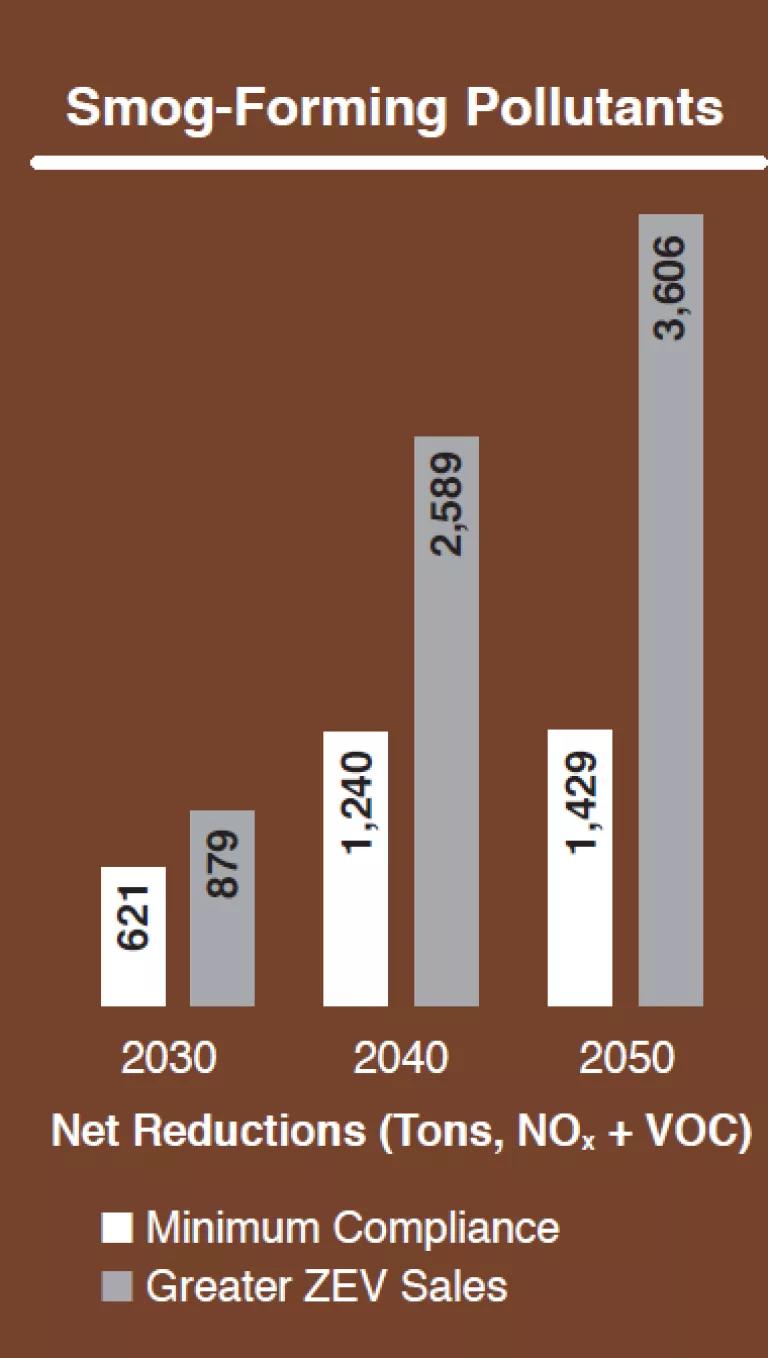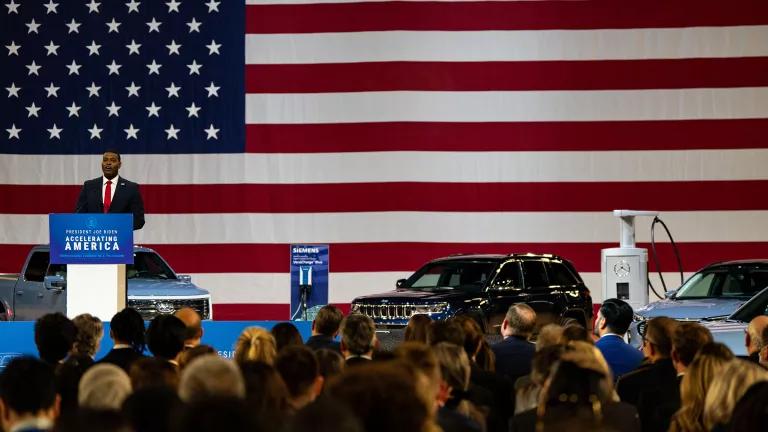Study Shows MN Clean Cars Will Save Money and Cut Pollution

An independent consultant report released today confirmed that Minnesota’s efforts to adopt a clean cars program will significantly cut air pollution, benefit public health, and save consumers money. Governor Tim Walz directed the Minnesota Pollution Control Agency last fall to begin a public process to consider a Clean Cars Minnesota program. If adopted, Minnesota would be joining 14 other states that have already adopted their own clean cars program and which collectively represent 36% of the U.S. market. The release of the report follows a letter submitted last week by 46 organizations—including businesses, public health organizations, consumer advocates, labor representatives, social justice, faith-based groups, and conservationists—supporting a Clean Cars Minnesota program.
A triple-win for the state’s economy, public health, and the environment
The new report, conducted by Shulock Consulting, analyzed the impacts of Minnesota adopting a clean cars program. The report was commissioned by NRDC with input from Fresh Energy, Minnesota Center for Environmental Advocacy, and Shift2Electric. As summarized here by the Minnesotans for Clean Cars coalition, the analysis found:
- The program will save new vehicle purchasers an average of $1,600 over the life of their vehicle thanks primarily to fuel savings, even when accounting for the incremental technology costs. Owners of new light-trucks and SUVs will save even more at the pump given fuel expenditures are generally higher for drivers for larger vehicles.
- Lower-income families as well as rural families will benefit even more. The study finds that these operating cost savings provide greater benefit to low-income households because they tend to spend a larger proportion of their income on fuel than do higher-income consumers. Similarly, rural drivers tend to higher operating costs due to the longer distances traveled. For the 85% of the new vehicle purchasers who finance, the savings will be from day one for most.
- The program will also result in automakers increasing the availability of electric-drive technologies in the state. Currently, only 19 of the 43 electric models offered by automakers are available within a 200-mile radius of the Minneapolis metro area.
- All told, Minnesota stands to save $200 to $500 million annually by 2040 with the range reflecting whether automakers meet or exceed the minimum requirements.

The report also concludes that in terms of public health and the environment, a Clean Cars Minnesota program will:

- Benefit public health by reducing hundreds to thousands of tons of smog-forming pollutants annually as well as fine particulate matter and other toxic air contaminants.
- Cut greenhouse gas emissions that is driving climate change by approximately one million metric (MMT) tons annually in 2030, with those reductions increasing to 2 to 5.5 MMTs annually in 2040.
One additional benefit from increased electric vehicle (EV) adoption is the increased utilization of spare capacity on the electric grid which generally results in lower rates for all electricity customers. The study cites an estimate of Minnesota electricity customers saving $57 million through 2030 regardless of whether they drive an EV.
The truth about the Clean Cars Minnesota initiative
It comes as no surprise that oil industry lobbyists are unhappy. They’ve now teamed up with the Koch-brother funded group, the Center for the American Experiment, to oppose clean car standards. The lobbyists have tried to sow fear and doubt in the Minnesota legislature through disinformation, which groups like Fresh Energy have debunked (see blog here).
The consultant report further clarifies misnomers about a clean cars program based on existing data, information, and implementation in other states, citing that:
- The requirements apply only to auto manufacturers and not to independent auto dealers or vehicle purchasers. Both consumers and dealers will see increased availability of cleaner, internal combustion engine vehicles together with electric vehicle models from automakers.
- Dealerships in other states with existing clean car programs have continued to purchase and sell vehicles from automakers. Their ability to sell or buy cars between states have not been hampered.
- Automakers have plenty of lead time as the standards would first begin applying in model year 2025, allowing the companies ample time to make adjustments to products and sales planning.
Minnesota must move forward
The study provides strong evidence that clean car standards will be a triple-win, aiding Minnesota’s economy, environment, and public health. The rule-making to consider and adopt a program is supported by a broad spectrum of 46 organizations across the state and country. More than ever, we need reasonable people working together to overcome our near-term and longer-term economic, public health, and environmental challenges.




